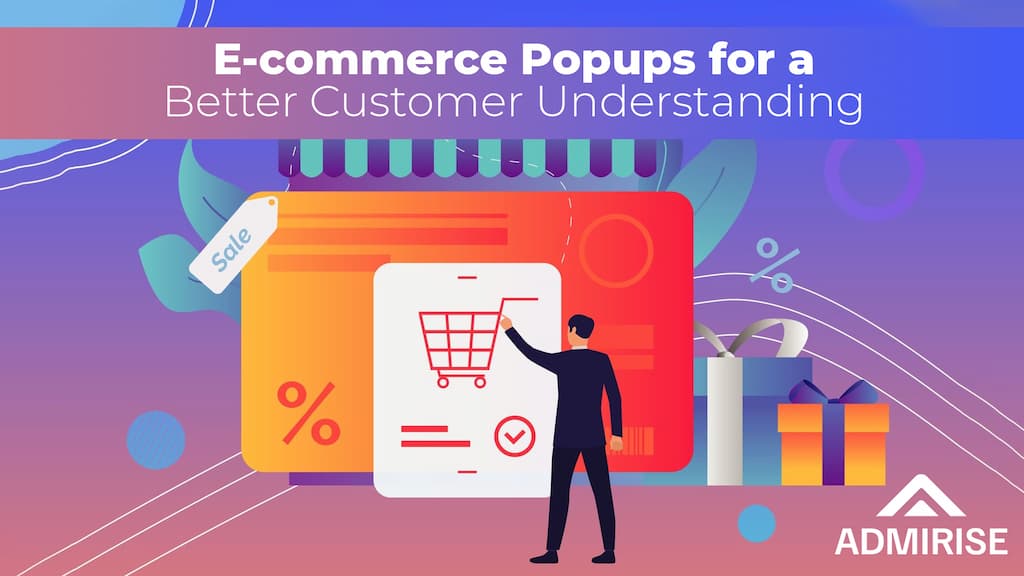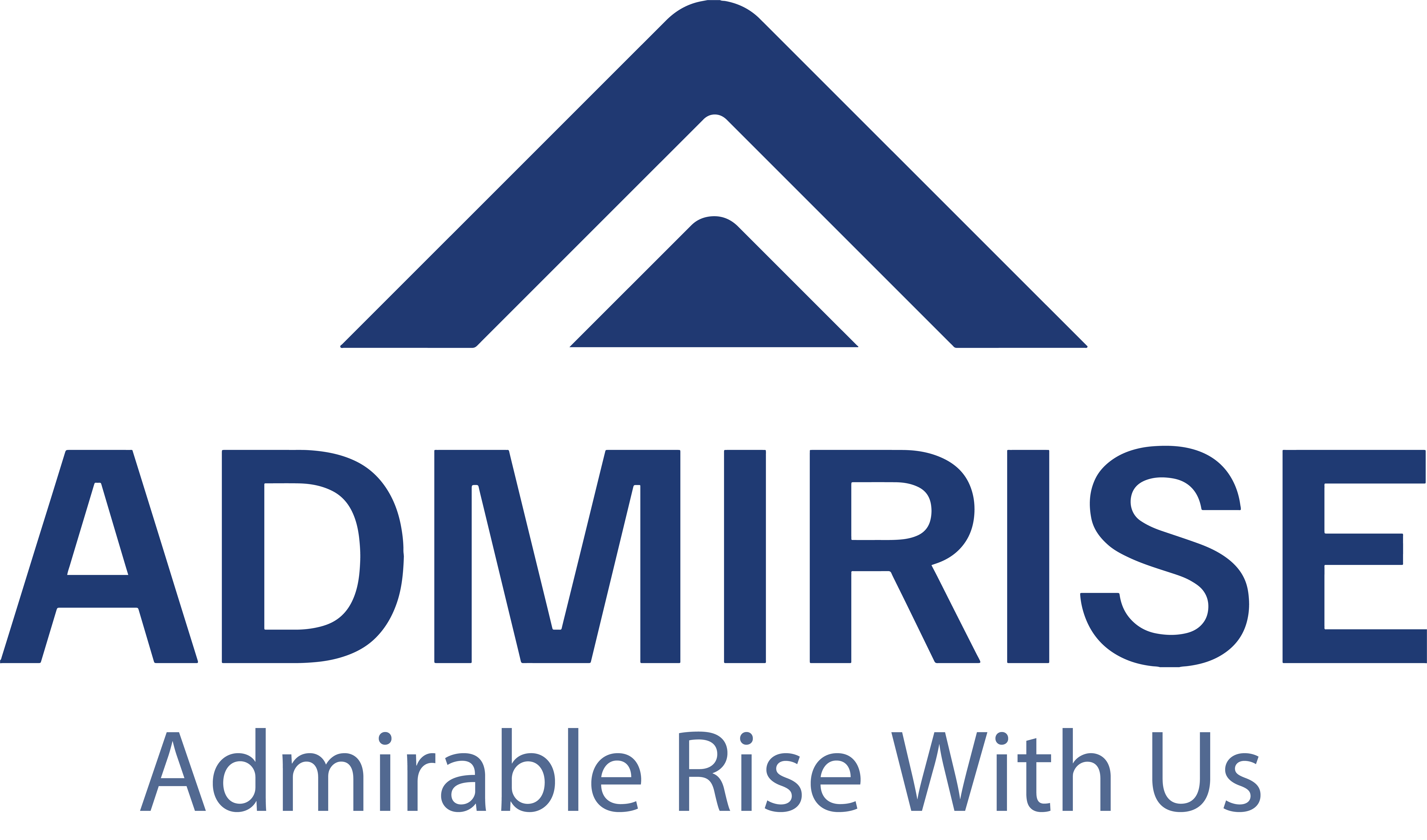
E-commerce Popups for a Better Customer Understanding
Jan 24, 2024 in E-Commerce Solutions by Nihan Sevde D.
E-commerce popups have become a pivotal tool in enhancing customer engagement and facilitating business growth. They play a crucial role in collecting customer insights, personalizing shopping experiences, and elevating conversion rates. With statistics showing an average conversion rate of around 11.09% and the most effective popups reaching up to 42.35%, the impact of well-designed popups on sales performance is clear.
The integration of AI in popup optimization further personalizes the user experience by employing data analytics and predictive algorithms to match individual user preferences and behaviors. Despite their benefits, the dual nature of popups also presents challenges, such as the potential to distract or frustrate users if not used judiciously. Therefore, a balanced approach in their implementation is essential, ensuring they provide value without overwhelming the online audience.
- What is an E-commerce Popup?
- How to Use E-commerce Popups?
- Conversion Optimization
- Engagement Techniques
- Personalization
- User Experience
- Data Collection
- Analytics and Insights
- What are The Pros and Cons of E-commerce Popups for Customers?
- Pros of E-Commerce Popups
- Cons of E-Commerce Popups
- How Does AI Optimize Popups for Enhanced Digital Marketing and User Experience?
- Summary
What is an E-commerce Popup?
An e-commerce popup is a digital window or message on a website, typically used by online retailers and e-commerce platforms. It emerges on the screen during a visitor's browsing session to convey information, gather data, offer promotions, or encourage specific actions like newsletter sign-ups or announcing special discounts. These popups are designed to attract the user's attention and engage them directly, often to improve customer experience, increase conversions, or collect valuable consumer insights. Their effectiveness lies in capturing immediate attention and delivering targeted messages or offers to website visitors.
How to Use E-commerce Popups?
E-commerce popups are an essential and dynamic component in the landscape of online retail, offering a unique blend of conversion optimization, user engagement, and personalized marketing strategies. They have a multifaceted role in e-commerce and impressive conversion rates to tailor the shopping experience to individual customer preferences. well-designed popups enhance conversion rates, balance engagement with user experience, and enable the collection of valuable data and insights. Understanding and effectively employing these popup strategies can lead to a more engaging, personalized shopping experience, ultimately driving sales and fostering customer loyalty in the competitive world of e-commerce.
Conversion Optimization
E-commerce popups have an average conversion rate of around 11.09%. The best-performing popups, which are in the top 10% in terms of effectiveness, have an impressive average conversion rate of 42.35%. This suggests that with optimized design and content, popups can be highly successful in engaging and converting visitors.
Conversion optimization is paramount in e-commerce, and well-designed popups play a vital role. By understanding and addressing customer needs through targeted messages and offers, popups can significantly enhance the likelihood of conversions. When popups align with what customers are looking for, they become powerful tools to guide them toward purchasing, effectively boosting conversion rates and overall sales performance.
Engagement Techniques
Engagement Techniques focus on using popups to create meaningful interactions with customers without disrupting their shopping experience. It's about striking the right balance - popups should be noticeable, not intrusive, engaging, and overwhelming. Strategies include timing popups to appear at opportune moments, using compelling visuals and messages, ensuring they add value to the customer's journey, enhancing engagement, and keeping shoppers interested and involved.
Personalization
Personalization is a crucial aspect of e-commerce popups. Popups can be customized to offer a more relevant and individualized shopping experience by utilizing data about customer preferences and behaviors. This could mean displaying popups with product recommendations based on browsing history or special offers that align with the customer's interests, making the shopping experience more personal and appealing.
User Experience
User Experience is about how popups integrate into the e-commerce site without compromising the shopper's comfort. It involves designing popups that are easy to dismiss or navigate, ensuring they do not obstruct essential site features, and keeping the frequency of popups to a level that does not annoy the user. A positive user experience with popups can enhance customer satisfaction and loyalty.
Data Collection
Data Collection through popups is a strategic approach to understanding customer preferences and feedback. Popups can be used to conduct quick surveys, ask for ratings, or gather email addresses for newsletters, providing valuable insights into customer needs and preferences. This data can be instrumental in refining marketing strategies, product offerings, and overall business direction.
Analytics and Insights
Analytics and Insights involve examining popup data to understand customer behavior and trends better. This analysis can reveal patterns in customer interactions with popups, preferences in products or offers, and the effectiveness of different popup designs and messages. These insights are invaluable for continuous improvement and strategic planning in e-commerce businesses.
What are The Pros and Cons of E-commerce Popups for Customers?
E-commerce popups stand as a tool of dual potential, offering both advantages and disadvantages in their interaction with customers. This examination seeks to shed light on the multifaceted role of popups within the digital shopping experience.
On the one hand, we explore their benefits, from enhancing user engagement to driving sales and gathering valuable customer data. On the other, we consider the drawbacks, such as potential disruption to the user experience and the risk of overwhelming customers. This balanced analysis aims to provide a comprehensive understanding of how e-commerce popups can be a powerful asset for online businesses yet require careful implementation to avoid alienating the customers they aim to attract.
Pros of E-Commerce Popups
Pros of e-commerce popups are listed below:
- Attract Attention: E-commerce popups attract visitors' attention immediately, often appearing in the middle of the screen and darkening the rest of the web page. This can actually be useful for presenting crucial information or offers. With the help of pop-up pages, companies could increase their sales. Specific types of popups, like those targeting cart abandonment, have shown exceptionally high conversion rates, averaging around 17.12%. These popups are effective because they target customers who are already interested in making a purchase but might need an extra nudge.
- Retain Customer: Pop-ups encourage visitors to sign up for newsletters or become members. This can help retain customers in the long term and provide them with exclusive offers.
- Display Offers and Discounts: E-commerce websites often use popups to showcase special offers, discount codes, or promotions. This can increase conversion rates by incentivizing visitors to make a purchase. Popups that include offers or incentives generally outperform those without any offers. For instance, popups with discounts have an average conversion rate of 4.87%, highlighting the importance of adding value to the popup content.
- Provide Customer Reviews and Recommendations: Popups display customer reviews or recommendations, increasing visitors' trust in the product or services.
- Enable a Last Call: Exit intent pop-ups appear when a visitor tries to leave the website. These can be used, for example, to present last-minute deals and discourage visitors from leaving the site.
Cons of E-Commerce Popups
Cons of e-commerce popups are listed below:
- Cause Distraction and Frustration: If pop-ups appear too frequently or intrusive, they can deter and frustrate visitors. This can lead to a negative overall impression of the website. If customers or online visitors have a negative impression of the website, they may leave directly and most likely won't want to revisit it.
- Negatively Affects Mobile Experience: Pop-ups can be particularly annoying on mobile devices, as the limited screen space is even more precious. A poorly designed pop-up can significantly impact the user experience. On the other hand, according to the surveys, popups on mobile devices perform slightly better, with an average conversion rate of 11.07%, compared to 9.69% for desktop popups. This trend aligns with the increasing use of mobile devices for online shopping.
- Increased Bounce Rates: Intrusive or irrelevant popups can lead to higher bounce rates, as visitors might leave the website out of irritation or lack of interest.
- Detracts from the Brand Image: It can tarnish the brand's image and reputation, impacting customer trust and loyalty if popups are seen as aggressive or spammy.
- Needs Compliance and Cause Privacy Concerns: Depending on the region, popups that collect personal data must comply with various data protection regulations, such as GDPR, which can complicate their implementation.
The advantages and disadvantages of popups depend heavily on how they are implemented. A strategic approach is crucial to ensure that pop-ups do not negatively impact the user experience but actually help achieve the website's goals.
How Does AI Optimize Popups for Enhanced Digital Marketing and User Experience?
AI-based technologies and methodologies have transformed digital marketing in many ways and play an essential role in pop-up page optimization and interaction with online visitors. Here are some of the key influences and connections below:
- Tailors Personalization: AI enables comprehensive personalization of marketing content. Using data analytics, AI can track and understand the behavior of online visitors to create tailored offers and pop-ups based on user's individual needs and interests. Above all, this significantly increases relevance and effectiveness.
- Predicts Optimal Timing and Placement: AI can use predictive analytics to predict exactly when and where pop-ups should best be placed to maximize the likelihood of conversion. By analyzing user data, AI can predict which content in a pop-up is likely to be most effective.
- Enhances Chatbots and Conversational AI: Chatbots based on AI are often used on pop-up pages to provide visitors with quick answers to questions or to help them navigate and select products. This improves the user experience and increases the chances of conversion.
- Provides Real-time Customization: AI can adjust pop-and-content in real-time based on the user's behavior on the website. For example, when an online visitor is looking at certain products, AI can generate a pop-up with special offers for those products.
Regarding the impact of pop-up pages on visitors to e-commerce websites, the response of users depends heavily on the quality and relevance of the pop-ups. AI helps make pop-ups less intrusive by ensuring they match the relevant target audience. If pop-ups are too frequent or intrusive, they can lead to a poor user experience, a negative overall impression of the website, and deter potential customers.
The use of AI for personalization and other influences of pop-up pages plays a crucial role in ensuring that they are effective while improving the user experience. Finding a balanced approach to increase conversion rates without overwhelming or irritating online visitors is essential.
Summary
In conclusion, the strategic use of e-commerce popups, bolstered by AI technology, presents a powerful avenue for businesses to enhance customer engagement and drive growth. While popups are practical tools for conversion optimization, personalization, and data collection, their successful implementation hinges on balancing promotional objectives with a positive user experience.
Properly using AI in e-commerce elevates the potential of popups, offering tailored and predictive content that resonates with individual consumer behaviors and preferences. However, businesses must navigate the delicate balance between benefiting from popups and avoiding their pitfalls, such as user annoyance or brand image harm. Ultimately, when executed thoughtfully, e-commerce popups, augmented by AI, can significantly contribute to a deeper understanding of customers, leading to more successful business outcomes in the dynamic digital marketplace.







